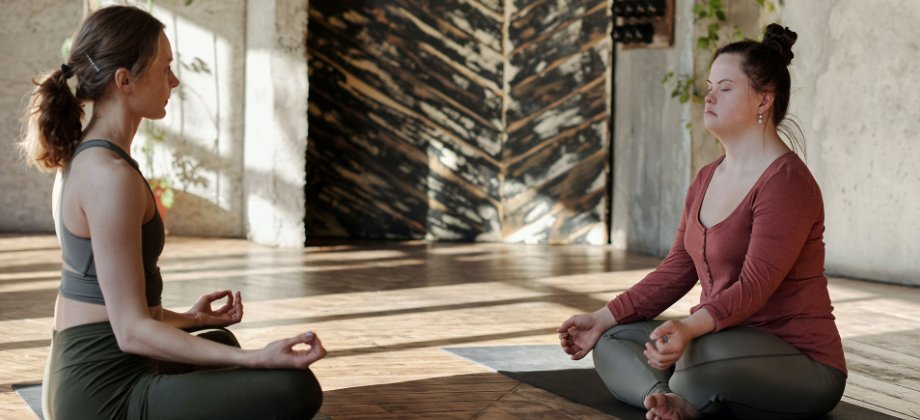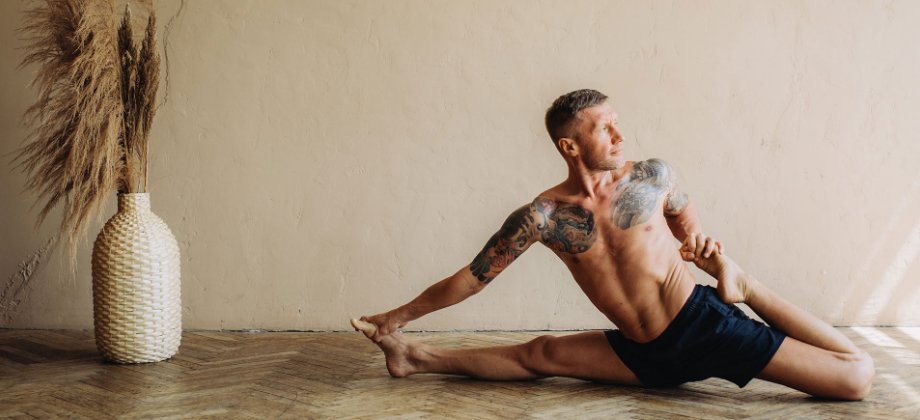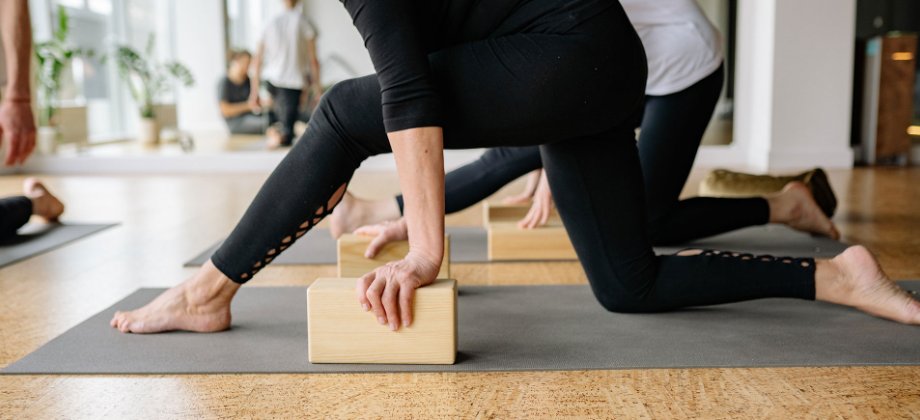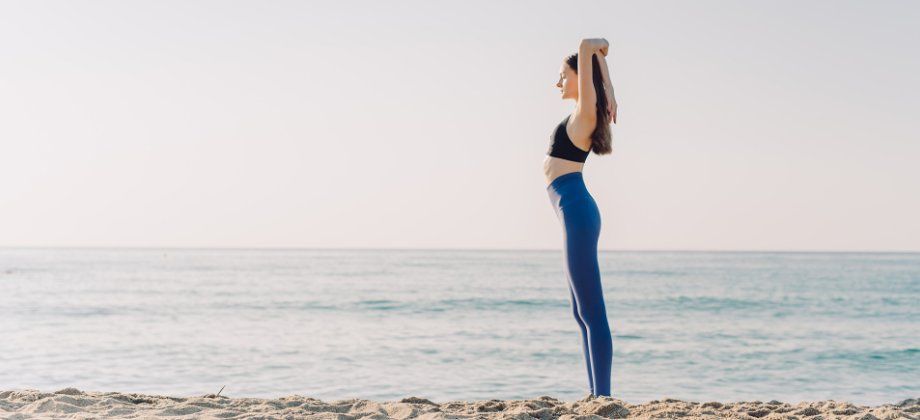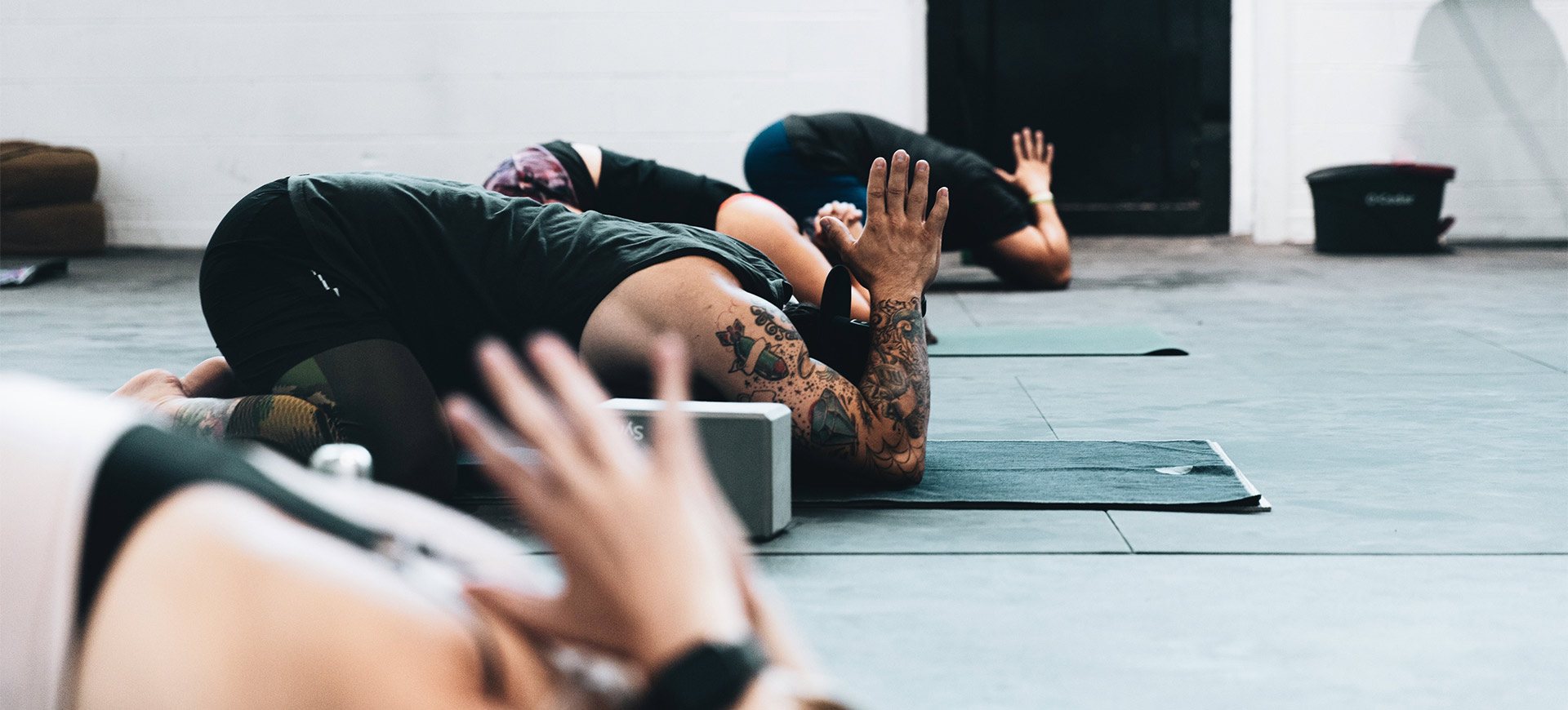
Promoting Body Positivity in Your Yoga Classes
One of the most frequently asked questions in yoga is “I’m out of shape, Can I still do yoga?” And the answer is a resounding YES! However, I find myself wondering why potential clients continue to feel inferior about their bodies to practice yoga. After all the affirmations we promote about acceptance, our constant search for practicing with non-judgement, the song stays the same. People continue to view yoga as they do ballet. It “requires” a certain body type rather than achieving a body for your type. Which shouldn’t even be the case because yoga is about the practice not how you look in leggings. How do we start? More importantly how do we effectively promote body acceptance in our classes and studios?
These little tweaks in your statements let your students associate that you are not looking at their bodies but what they can do with them.
When I started doing yoga, the only classes I had access to at that time were through videos imported from North America or a Hatha or Ashtanga class in a local gym in 1998 Manila. Back then the perfect body was still in vogue and those who weren’t were lacking. It was palpable. Walking into a fitness establishment as my peers’ gaze sent the message that I didn’t belong there. While teachers were very accommodating, there was a stigma at the time for average or below average bodies. It became a great motivating factor for me to change that kind of environment when I became a teacher. To approach it sensitively, I had to understand it. How do we treat body acceptance issues? How do we approach our clients in an empathic and compassionate way? In this article we will define body image dissatisfaction and their effects on the individual. We’ll talk about motivational techniques I have used in my classes and why they worked. Let’s get to it!
Understand that these issues are forms of trauma.
Almost everyone has body image issues but knowing this as a normalcy in life may dilute one’s view on the subject–as if it was a lesser problem than the rest of the other types of trauma out there. The truth is it’s not. Body image hatred is one of the most difficult disorders to treat simply because you cannot escape it. According to Yoga therapist Jennifer Kreatsoulas, ““Body disgust” becomes deeply ingrained in the brain, thoughts, and emotions, it becomes the narrative we live by, and often the one that defines us and locks us into unhappiness.” Another fact is that these individuals are probably not accustomed to kindness. Which means their first instinct is to feel judged. The worst part is, anyone could be going through this. Big, small, even athletically built individuals can have body issues. How do we come into play as yoga teachers? By being aware that any client could potentially have self-image concerns. Keeping this in mind will allow us to approach each person with empathy and compassion.
Understand that these issues don’t go away overnight so keep on motivating!
When you have a student or students who have body image trauma or dissatisfaction, You will notice a few social cues within these students: baggy clothes, they choose a spot in the room they feel they won’t be noticed, sporadic attendance, a more guarded stance, etc.. These behaviors are here to stay–at least for a while. In the meantime, we cannot heal their pain completely, but we can be a part of their path to acceptance. Praising the skill instead of saying “you look good” is more effective because we take away the discussion of aesthetics. For example, “ Your Hip flexibility has improved these past 2 weeks.” or “Congratulations! You achieved the Bakasana/crow pose!” These little tweaks in your statements let your students associate that you are not looking at their bodies but what they can do with them. The process will be slow. Maybe you’ll help, maybe you won’t– the point is, you will not hurt them in your class.
By using props in a way that everyone needs them in the class, you lessens that sensation of inferiority.
Invest in all-body friendly props.
Students notice the little details in a studio. The quality of the mats, the blocks, the lack or availability of certain props. Having the proper accouterments in your studio to cater everybody is key for students with body dissatisfaction to feel welcome in their facility. If they see that there are blocks that topple over the moment they lean more than half their body weight on them, it triggers a sign that they are not wanted in that space. Investing in weight-tested materials is very important for safety as well as showing sensitivity. First of all, quality materials also mean well balanced. They will be durable and can absorb a person’s static and dynamic weight which is a person’s weight increase when force or movement is applied. Doing so sends the message that your studio’s classes are accessible to everyone.
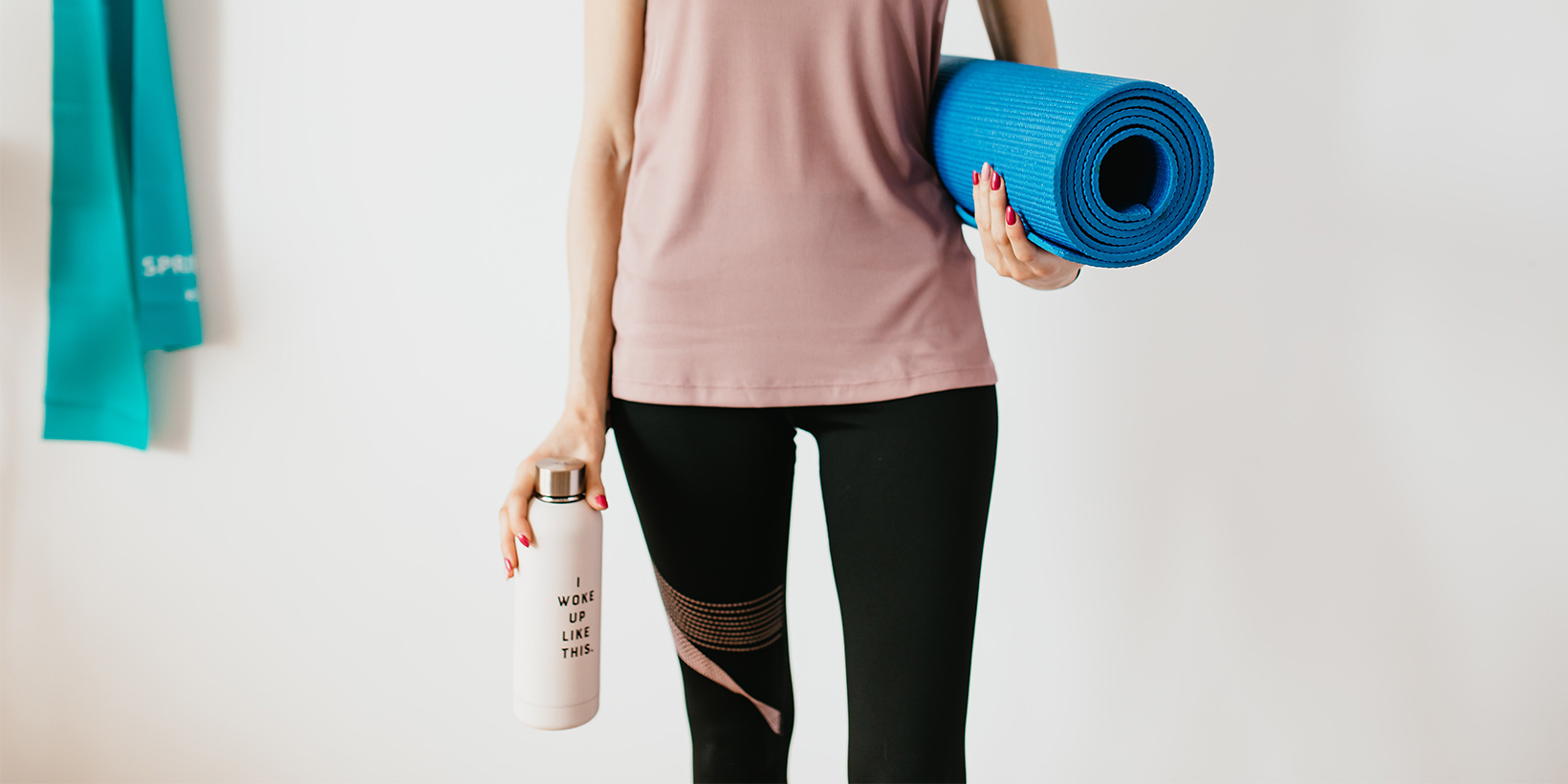
Use of props in your classes to level the playing field.
The use of props like straps, blocks, chairs or bolsters are often viewed as assistive devices for the less flexible but they can be so much more than that. They are effective tools in increasing flexibility, releasing tension, they even make moves more challenging for advanced practitioners. A person with body dissatisfaction perception, will have doubts about the use of props, thinking it won’t hold their weight or that their skills are inferior somehow. By using props in a way that everyone needs them in the class, you lessens that sensation of inferiority. Maybe we could use the blocks to increase the range of motion in the shoulders. Another is to place a block on your front foot on a low Anjaneyasana to increase the stretch in your hip flexor and psoas. The change of alignment makes the pose more challenging for everyone hence, equalizing the dynamic in your class. Try it out.
Regressions progressions and modifications, give your students the power.
Another sign of body dissatisfaction is a struggle with moods. For us teachers, it signifies the need to be prepared for possible triggers. How do we do this? The way we present our cues to students play a big part in fostering healthy self-esteem. By providing options for stillness or advancement, we hold a class that authentically caters to a mixed group. When I make my rounds with my students, I watch out for their energy levels, and provide options for poses that may feel quite intense. They can stay as they are, try to challenge themselves or go into child’s pose for rest. As I present these choices, I remind my pupils that they have the power to choose where to go with their bodies. This puts them at ease because they have the final say.
Let’s review! When it comes to fostering body positivity we have to be aware that body dissatisfaction should be treated as a form of trauma that anyone can have. Next, these issues take a long time to resolve but by providing a safe space, we can certainly help. Investing in quality, weight-tested props ensure that you cater to everyone. Showcase that using props is not by any means judgement of skill but to enhance your class experience. Last but not least, give your students the power of choice. Having options wil signal your students that they have control over their bodies.
Body dissatisfaction is not just an insecurity. It is a negative thought nurtured over a period of time. By peers, social structure, maybe even brought about by an extreme experience. This makes it a type of trauma in and of itself. Thinking that it is of a lesser degree than others is a mistake. In addition, It shows little empathy on our part. By becoming aware of the facts, by taking action through our classes or establishments, we can advocate a better environment for everyone. I hope this article has served you well.

